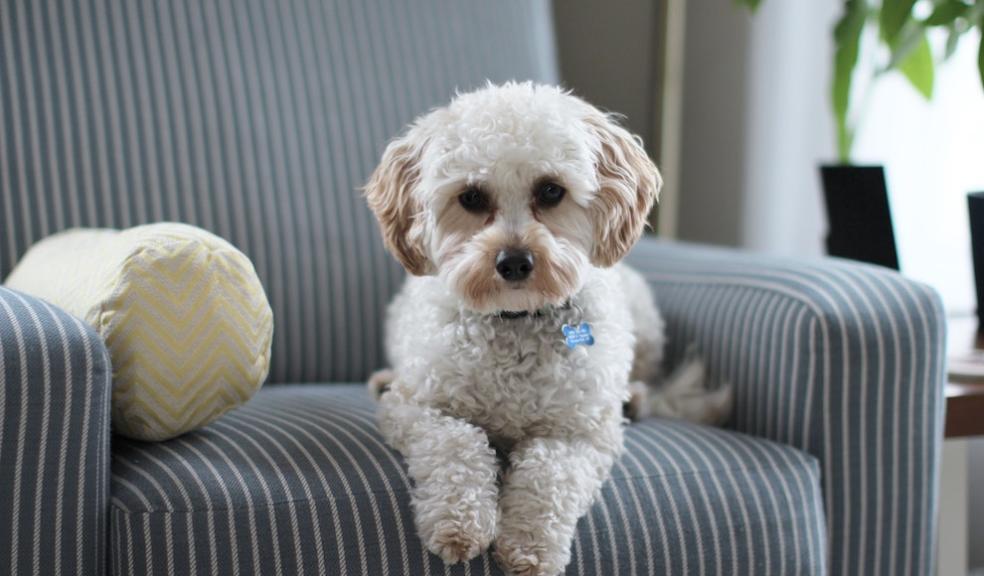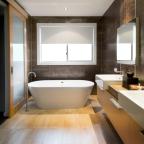
How to Pet-Proof Your Home
The UK is a nation of animal lovers. According to statistics from the PDSA, more than half of us share a home with an animal – with dogs and cats being by far the most popular choices.
Having a pet can make life at home extremely rewarding, but it can introduce a few safety challenges, too. So, what adaptations might we make to keep our pets safe at home – and keep our homes safe from our pets?
Identifying Pet Hazards
We should start with a risk assessment. Go through every room in your house and make a note of the things that could potentially harm, or be harmed by, your pet. In the kitchen, you might look at knives, stoves, and dangerous foods, like chocolates. In the living room or office, your focus might lie instead on carpets and electrical cables. Try to conduct this exercise one room at a time, with several people. That way, you’re less likely to miss something.
Securing Your Space
Often, pet safety is about controlling access to certain parts of the home. You can do this with the help of physical barriers and pet gates and through consistently enforced rules and training. With the help of purpose-built solutions, you might even allow pets access to the outdoors, while still preventing them from climbing over your fence.
Your choice of sleeping arrangements for your pet will also matter. For dogs, look for a combination of dog crates and dog-crate beddingthat will be comfortable, and make your dog feel safe. Cats are notorious for choosing their own place to sleep – so, once they’ve done this, try to work around them to make the space as inviting as possible.
Choosing Pet-Friendly Furnishings
Animals can leave their mark on your possessions – often in a quite literal sense. It’s best, therefore, to invest in furniture that’s robust enough to stand up to the punishment. Leather sofas tend to be easily cleanable, but they’ll show up scratches. Avoid heavy rugs, and anything that soaks up liquids and odours. Find flooring options that are low-maintenance and resistant to scratches. Tiles and composite flooring tend to make the best match for pets.
The more planning and preparation you do in advance, the easier it will be to settle your pet into your home. With that said, you should also be adaptable – every dog or cat is different, and the chances are good that they’ll surprise you with their tastes, behaviours, and preferences.









